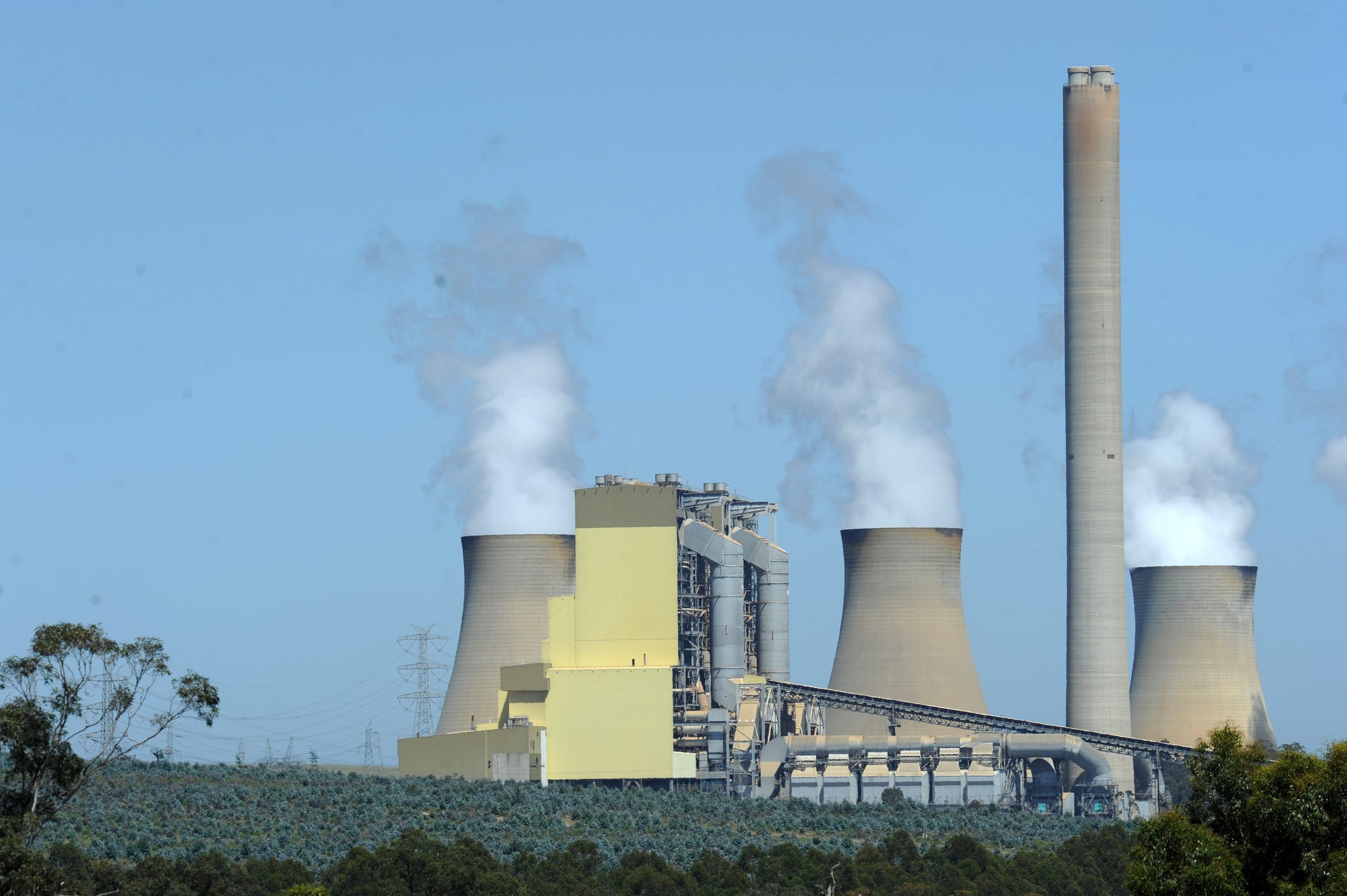Heidi Kraak
The Environment Protection Authority hosted a community meeting to discuss submissions around the ongoing review of power station licences in Traralgon on Wednesday.
The meeting was held over two sessions where community members were invited to participate in round table discussions about elements of existing licence requirements that may need to be addressed or amended.
It comes after the EPA sought submissions between December last year and February this year from a range of community and environment groups that have an interest in or interact with the three brown coal-fired power stations.
EPA director of development assessments Tim Faragher said the purpose of the meeting was to gather community input and views on the power station licence review, which would be compiled in a report for the EPA to consider when reviewing licence conditions.
“We had close to 500 submissions through the process, ranging from topics around air monitoring and emissions, public reporting of information, dust, climate change and greenhouse gas emissions [and] potential health impacts,” he said.
“What we want out of today is to understand those views really clearly.”
Power station owners Alinta Energy, AGL and EnergyAustralia consulted with GHD to prepare a report into power station emissions, which was summarised and presented at the meeting by a representative of engineering consultancy group Arcadis.
The Arcadis representative said the emissions profiles from the power stations were significantly less than existing licence limits and Yallourn Power Station head Mark Pearson said there was “no evidence to suggest” that existing licence requirements were not adequately protecting human health and the environment.
“As I understand it, the particulate matter exceedances the EPA are referring to relate to what they see on the ground at the air shed, at the various monitoring stations,” he said.
“When they’ve had those exceedences, they coincide with the bushfire activity. As a consequence of that, we look at modelling data… that our contribution to the air shed is relatively low and does not cause the exceedances that we’re seeing.
“The exceedances that we are seeing in the air shed are due to other factors and influences, such as small fires.”
Environmental Justice Australia director of advocacy and research Nicola Rivers was present at the community meeting and said Australian emissions limits on power stations were “incredibly lax” and a number of emission control technologies that were “considered standard practice” in other parts of the world should be made compulsory under the licence conditions.
“Those pollutant controls are widely available. They are not considered to even be excessively expensive. We talk about it here as if it is but in other parts of the world it is just standard practice,” she said.
“They can be retro-fitted to brown coal, they can be retro-fitted to older power stations, and that is really what needs to happen.”











